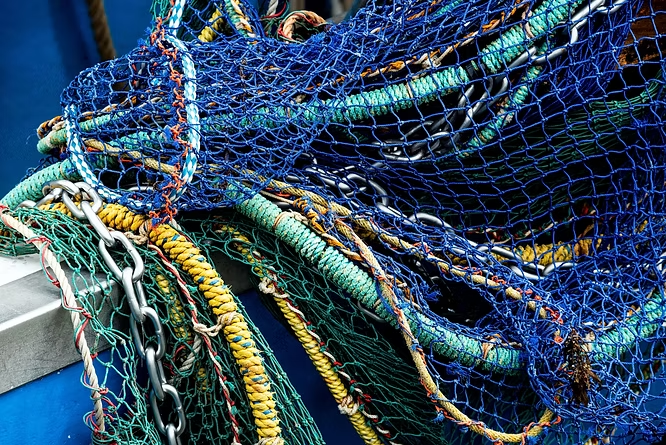Seaspiracy and the Debate on Ocean Conservation
Netflix’s documentary Seaspiracy captured global attention with its bold criticism of the fishing industry. While it raised awareness of pressing marine issues, the film has been criticised for its oversimplifications and sweeping generalisations. Fisheries undeniably contribute to habitat destruction and climate change, but they also sustain 40 million jobs and supply 17% of global animal protein intake. Simply ending seafood consumption is unrealistic and could push food production pressures onto already strained land-based systems.
A Balanced Way Forward
Instead of rejecting fisheries altogether, solutions must balance human needs with environmental protection. One promising approach is introducing compensation mechanisms that account for the environmental damage of fishing, particularly through bycatch.
Understanding Bycatch
Bycatch occurs when non-target species such as sharks, turtles, and seabirds are caught and killed during fishing. This practice harms at least 20 million creatures from endangered, threatened, or protected species every year. Despite its enormous impact, bycatch is rarely acknowledged or reflected in seafood prices, allowing ecological costs to be ignored.
How Bycatch Levies Could Help
A proposed solution is to implement bycatch levies, which place a price on unintended catch. Fishing companies would either absorb these costs or pass them on to consumers, creating a financial incentive to reduce harmful practices. Levies would be higher for methods such as:
- Shrimp trawls
- Tuna longlines
- Swordfish gill nets
This would make seafood from destructive methods more expensive and encourage adoption of bycatch-reducing techniques, including:
- Circular hooks to prevent turtle capture
- Nylon lines that allow sharks to escape
- Safe live-release practices for returning animals to the ocean
Funding Conservation Through Levies
Since bycatch cannot be eliminated entirely, levy revenues could support conservation. Funds could restore habitats, supply small-scale fishers with sustainable gear, or strengthen monitoring systems. For example, US-based tuna companies have invested US$1 per tonne of longline-caught tuna into turtle conservation, generating meaningful benefits for both turtles and coastal communities.
The Potential Impact
Widespread adoption of bycatch levies could transform ocean conservation. If levies were valued at just 12% of the US$42 billion global tuna industry, they could raise enough to protect 20%–30% of the world’s oceans. Such measures would align with growing consumer demand for sustainable supply chains, moving toward “bycatch-neutral” seafood much like “deforestation-free” products.
Designing Effective Solutions
Levies are not a silver bullet, but when combined with marine protected areas, selective fishing technology, supply chain transparency, and responsible consumer choices, they represent a powerful step toward sustainable oceans. The key is careful design and responsible deployment.
Conclusion
Seaspiracy’s message suggests that saving the oceans requires halting fisheries altogether. In reality, a more constructive path lies in holding both companies and consumers accountable for the environmental costs of seafood. By implementing fair, well-structured bycatch levies, we can protect marine ecosystems while ensuring fisheries continue to provide food and livelihoods worldwide.

